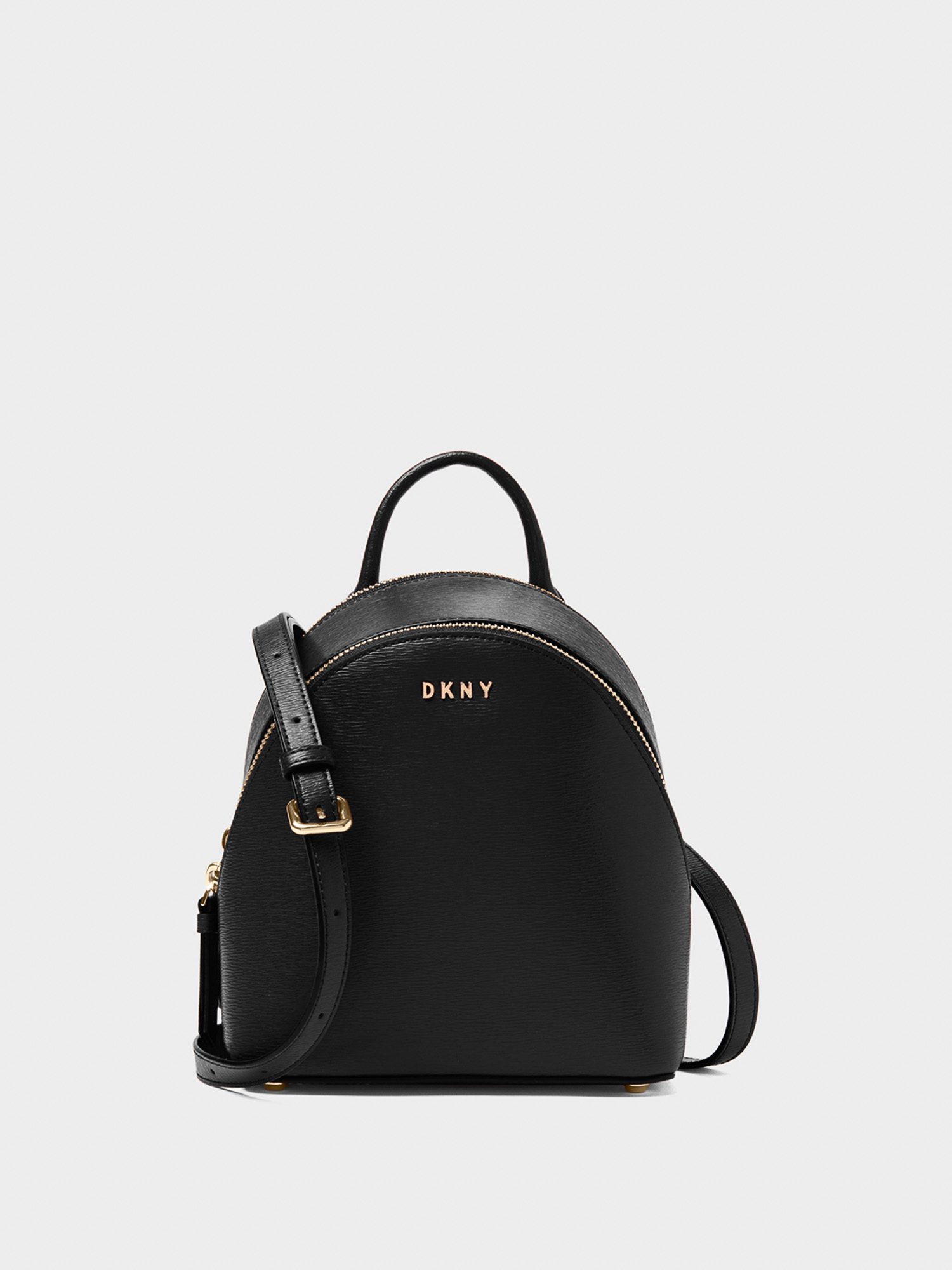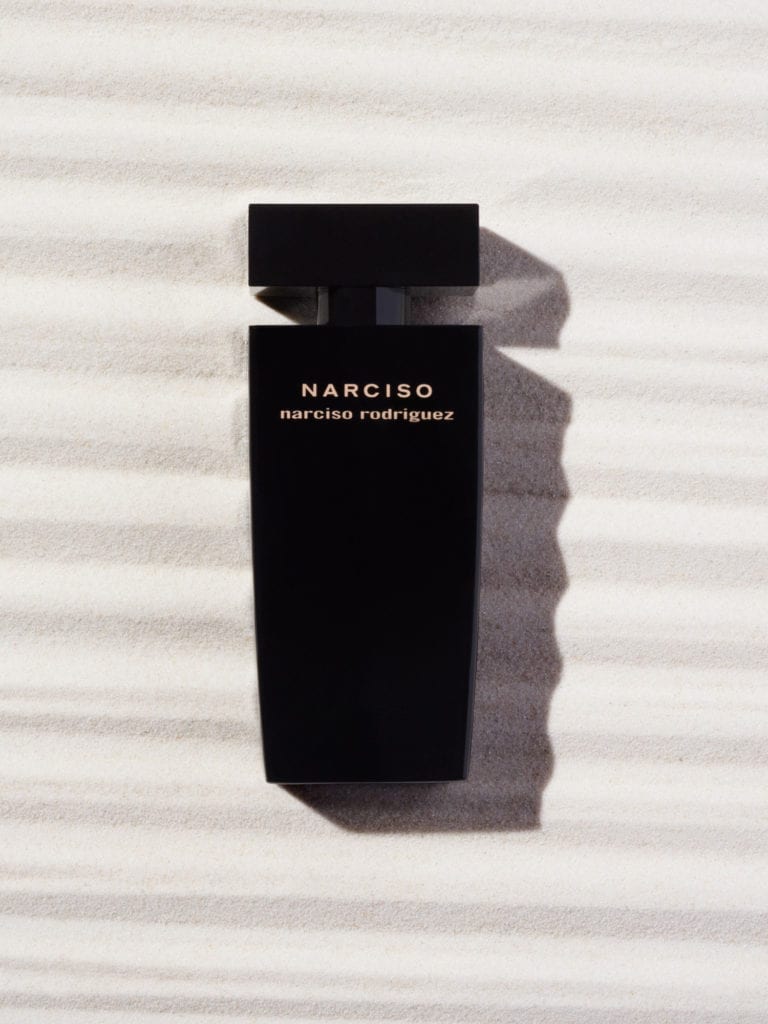From Stills to Motion: AI That Animates PDP Imagery
How to turn hero stills into lightweight loops and cinemagraphs that lift add-to-cart on product pages.

E-commerce has always been about speed and clarity: show the product, show it well, and make checkout seamless. But static images, even at their best, can leave friction. Customers want to know how fabric moves, how hardware shines, and how details catch the light. That’s where AI-powered motion comes in. By transforming product stills into short loops and cinemagraphs, brands can deliver richer product experiences without heavy production costs—or heavy load times.
Why Motion Matters for PDPs
Product detail pages are the point of decision. Every additional signal—movement, texture, realism—builds confidence and reduces return risk. Motion assets have been shown to:
Increase engagement: Shoppers pause longer on PDPs when a product “breathes.”
Boost add-to-cart: Lightweight loops can increase conversion by demonstrating fit, texture, or shine.
Reduce uncertainty: Motion mimics an in-store experience where customers can pick up and examine an item.
Traditionally, producing cinemagraphs or PDP videos required separate shoots, extra crew, and post-production hours. AI now makes it possible to animate stills directly, turning existing hero images into motion assets with minimal overhead.
The AI Toolkit
Several new AI platforms specialize in animating still images for e-commerce:
Depth-based motion models recreate subtle fabric flow or depth-of-field shifts.
Light simulation engines add realistic shimmer to jewelry, leather, or hardware.
Cinemagraph generators keep most of the frame static while looping one dynamic element—like a zipper glint or fabric ripple.
Looping optimizers ensure exports are lightweight (under 2 MB) and mobile-friendly.
At Slate Studios, we’ve seen strong results pairing classic PDP stills with AI motion layers, creating outputs that behave like micro-videos but load like images.
The 30-Day Motion Playbook
Rolling out AI motion for PDPs doesn’t require overhauling your studio. Here’s a phased approach:
Week 1 – Asset Audit
Identify your top-selling SKUs or categories where motion adds the most value: luxury fabrics, jewelry, accessories, or beauty.
Week 2 – Pilot Runs
Select 10–20 hero images and run them through AI animation tools. Test different effects: fabric sways, light glints, subtle rotations. Keep motion subtle; over-animation feels gimmicky.
Week 3 – PDP Integration
Deploy loops on live product pages. Measure performance—engagement, add-to-cart, bounce rate. Compare to static-only PDPs.
Week 4 – Scale & Standardize
If results are positive, formalize motion into your PDP pipeline. Create presets: cinemagraphs for beauty, fabric flows for apparel, glints for jewelry. Train your creative team to integrate AI motion alongside stills.
The ROI of Motion
The beauty of AI animation lies in its economics. A single hero still can become multiple formats:
A static PDP image
A cinemagraph loop
A micro-video for social or email
This multiplies your asset library without multiplying your shoots.
And because outputs are lightweight, page performance isn’t compromised—a critical factor for mobile-first shopping.
Final Take
Motion is the next frontier in PDP storytelling. AI tools now make it possible to give every product a “living” presence online—without new shoots, bigger budgets, or slower pages. The brands that integrate motion into their PDPs will not only stand out visually but also give customers the confidence to click “add to cart.”

Inquire with Slate Studios for creative content production — from brand campaigns and e-commerce to photo, motion, and AI/CGI projects.
Inquire Now →






